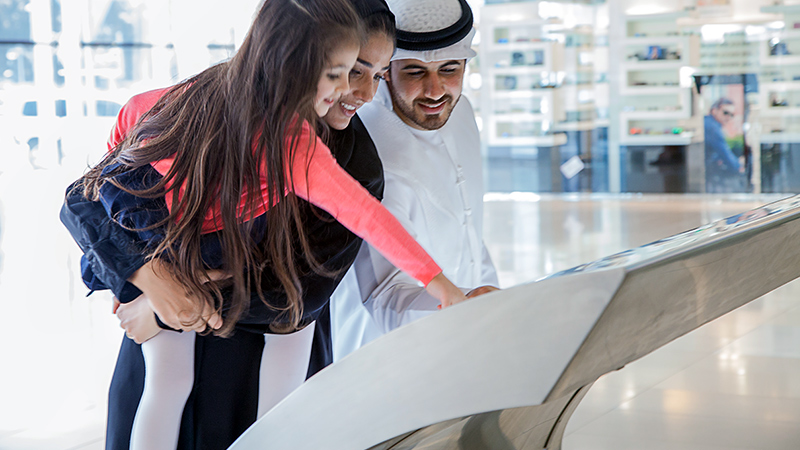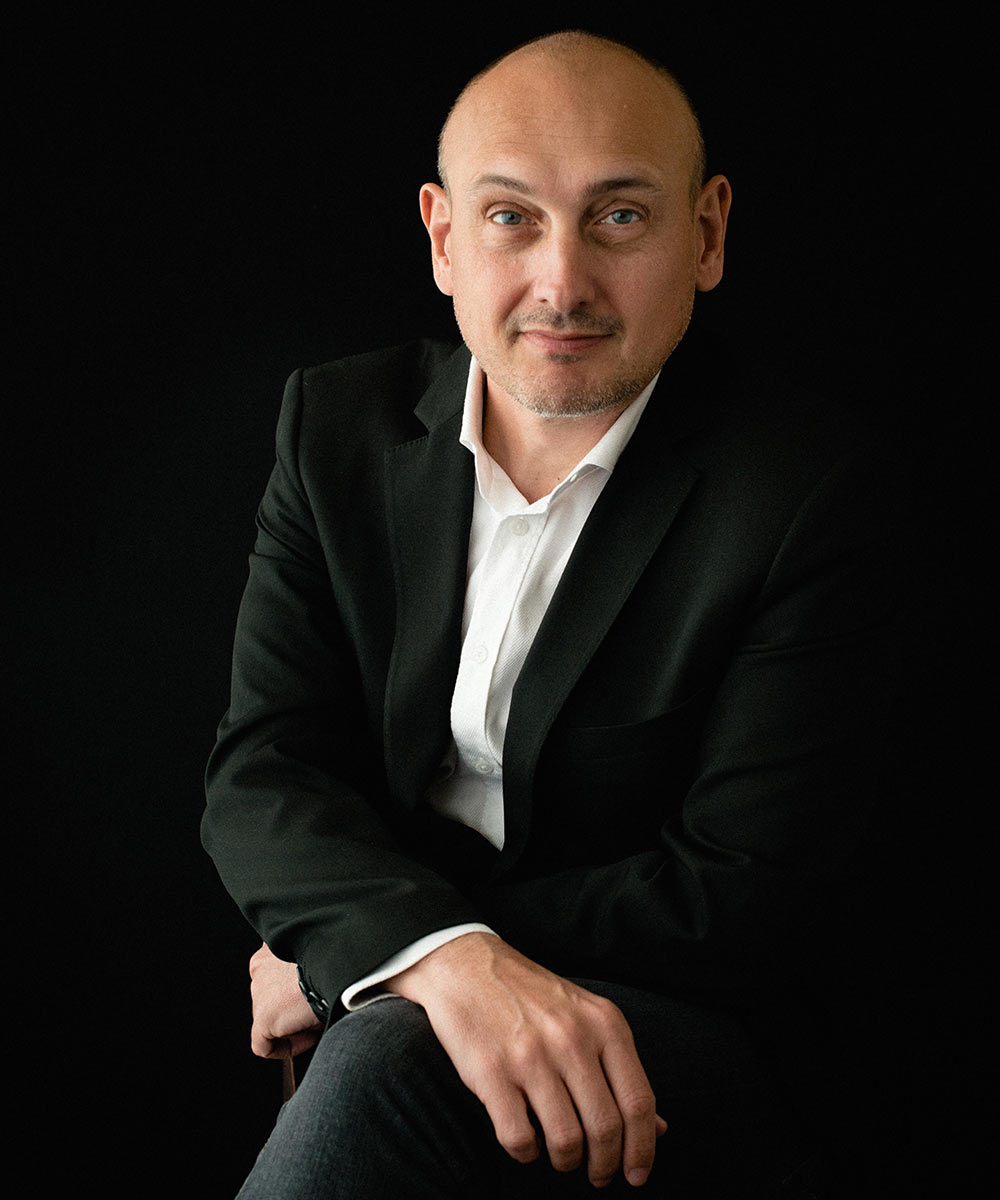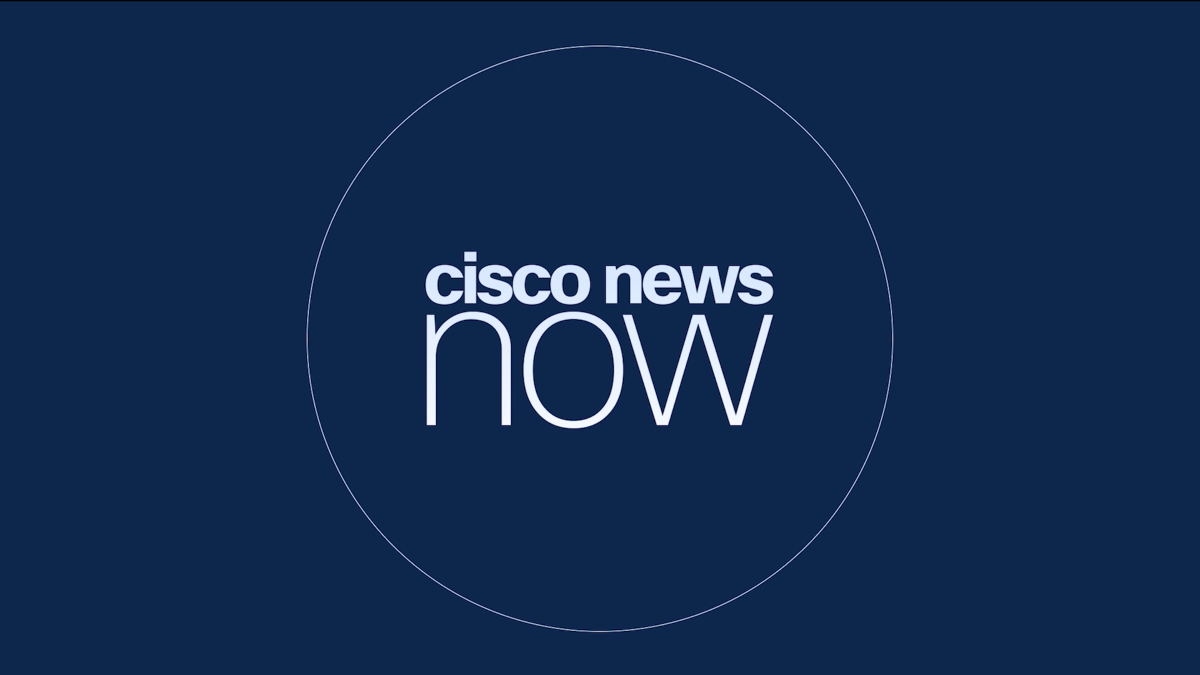The Internet of Things(IoT) is helping cut the cost and carbon footprint of cooling in the Middle East.
In February, Tabreed, a national central cooling company in the United Arab Emirates (UAE) placed sensors across the region as part of measures to cool one of the hottest places on earth.
The sensors will help Tabreed improve how it sends cool air to millions of people in the Middle East. Tabreed’s district cooling networks serve landmarks such as Al Maryah Island, Ferrari World Abu Dhabi, and the Sheikh Zayed Grand Mosque.
For hot countries, district cooling systems are much better than standard air conditioning. Tabreed is able to cool air in bulk, often using cheap nighttime power. The cool air then goes out to homes and buildings across 73 networks in the heat of the day.
See also: How solar power is going digital.
It’s 50 percent more efficient than having air conditioning in each building. Because of this, Tabreed saves the same amount of power as that used by 112,000 UAE homes each year. It also cuts the Middle East’s carbon footprint by 986,750 tons a year.
That’s equal to taking 214,000 cars off the road. And the sensors will help take things to a higher level. They feed data into an IoT system from San Leandro, California-based OSIsoft.
“Our PI System tracks 30,000 data streams in eight district cooling plants,” says OSIsoft’s founder and CEO, J. Patrick Kennedy. “That lets Tabreed pinpoint ways to save power while keeping the cool air flowing,” he says.
Steve Hilton, of the IoT testing and research firm MachNation, adds: “By collecting this data, Tabreed can lower costs and maximize the quality of service it provides.”
OSIsoft’s system has proved its worth in an allied concept called district heating. In France, a firm called Dalkia warms millions of homes and buildings by pumping hot water across 1,370 miles of pipes in more than 350 heating networks.
Dalkia found it could make some district heating networks up to 3 percent more efficient with the PI System, while using up to 5 percent more green power. All it had to do was switch on heaters one by one instead of all at once.
Dalkia’s experts had not spotted this simple measure before because they were sifting through data by hand. PI System helped them see key patterns. The hope is that the IoT will now help Tabreed’s experts achieve more or less the same feats.
See also: Cybersecurity for the energy sector.
It’s a task that is key not just for Tabreed but for the whole planet. In hot climates, more and more people are trying to keep cool. The International Energy Agency says air conditioning accounts for 10 percent of all the electric power used in the world.
And at current rates, by 2050 the power needed to cool buildings will equal all the electricity used in China today. Unless that demand is met through clean power sources, it will lead to more carbon in the air.
More carbon will mean more global warming, sparking a vicious cycle. If they can help stem that trend, the tiny sensors at Tabreed could make a big difference.
###
The contents or opinions in this feature are independent and may not necessarily represent the views of Cisco. They are offered in an effort to encourage continuing conversations on a broad range of innovative technology subjects. We welcome your comments and engagement.
We welcome the re-use, republication, and distribution of "The Network" content. Please credit us with the following information: Used with the permission of http://thenetwork.cisco.com/.



